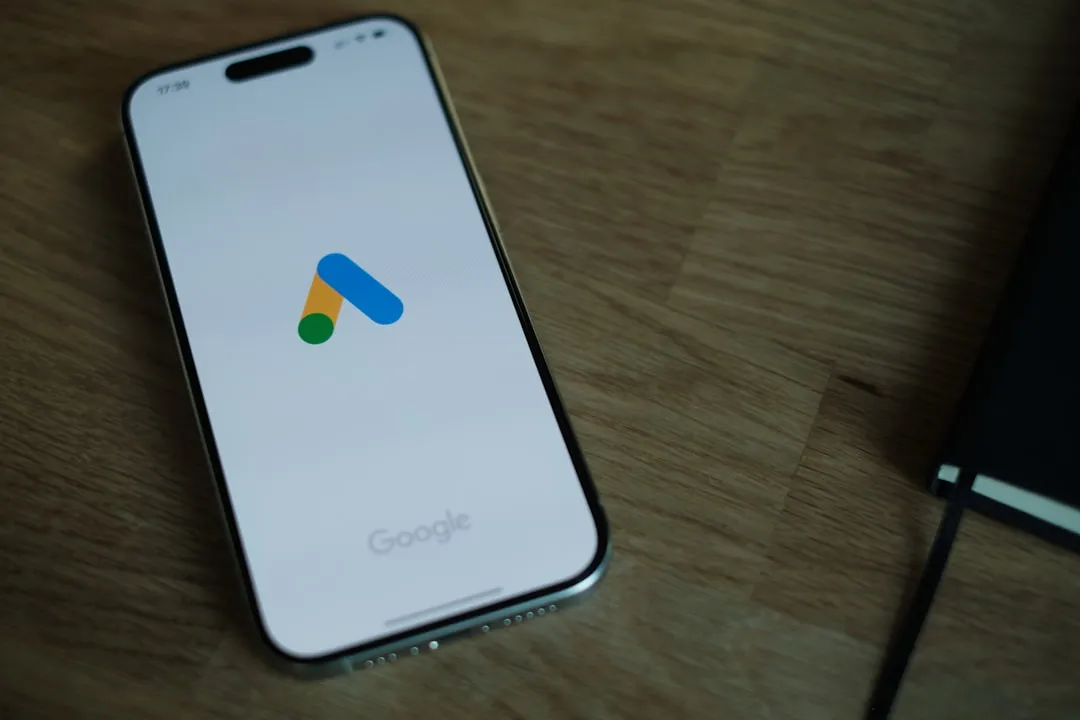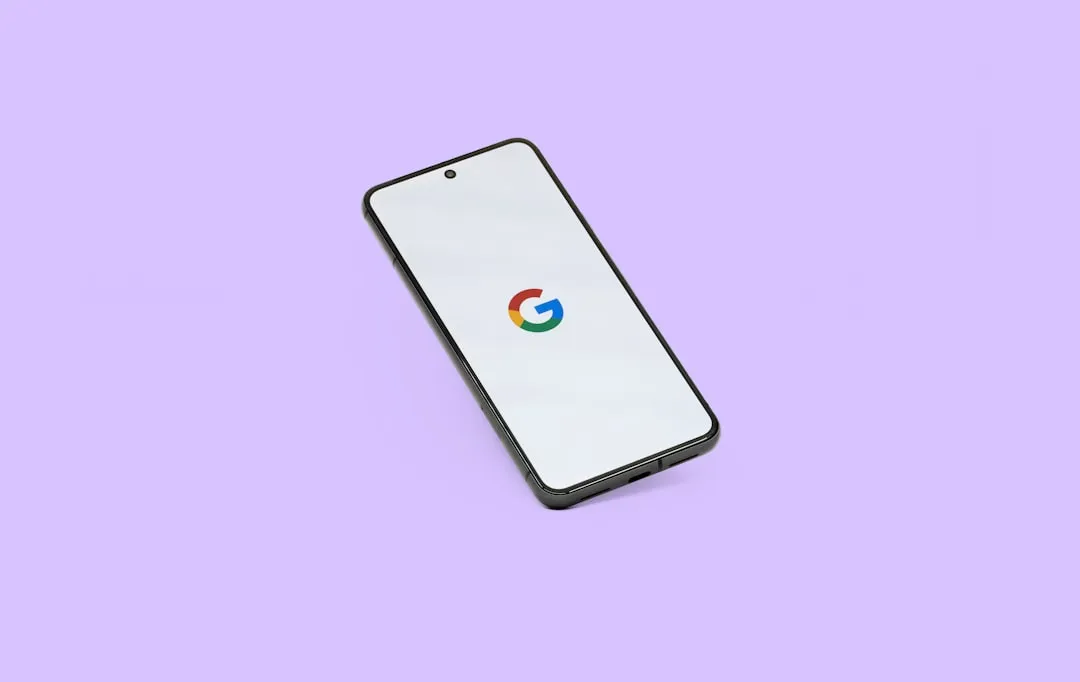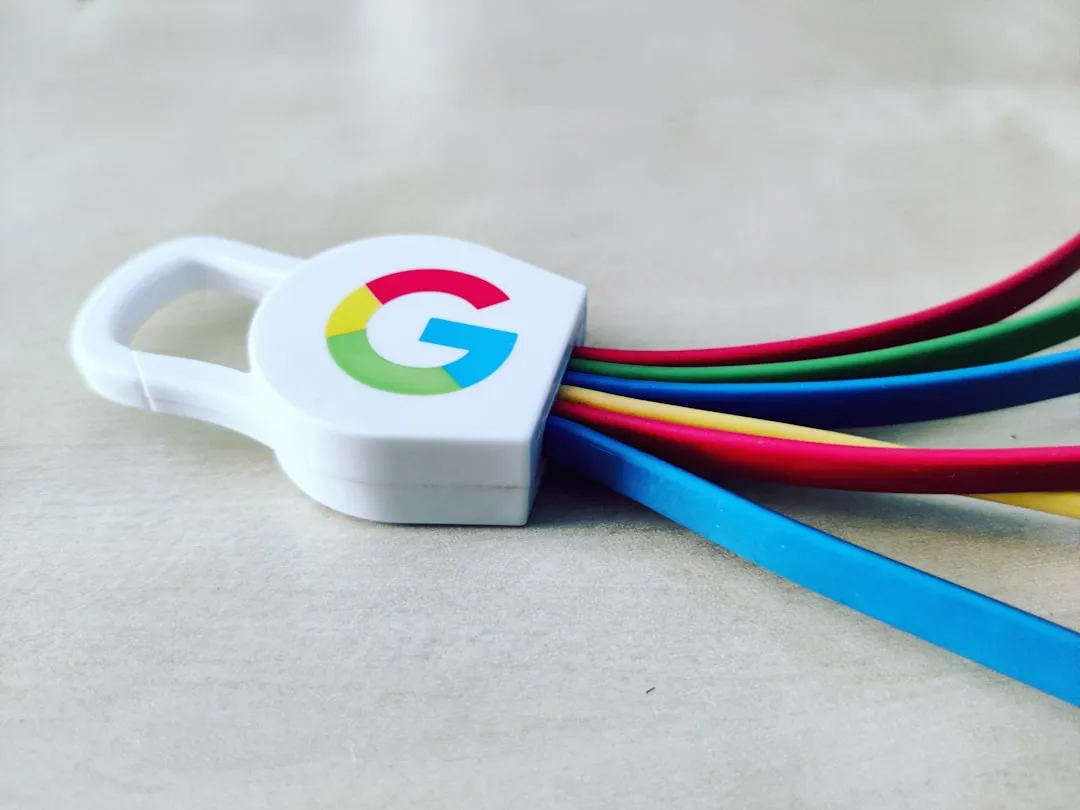Reviewed by Julianne Ngirngir
When I first picked up the tenth generation Google Pixel phone, I'll be honest—it felt a bit underwhelming. The Pixel 10 series looks so much like the Pixel 9 series that you might wonder if Google just phoned it in this year. But here's what's fascinating: after spending weeks with the Pixel 10 Pro, I've realized that this apparent lack of revolutionary change is actually Google's smartest strategic move yet. While the Pixel 10 Pro appeals to me less on a personal level, that's exactly what reveals how brilliantly Google got their approach right this time around.
Why playing it safe was actually the bold move
Let's talk about what Google didn't change first, because that's where the genius lies. The Pixel 9 Pro was the best-looking phone of last year, and honestly, Google hit a home run with that design—creating the Android phone that finally came closest to replicating the iPhone's unique synergy of simplicity and premium feel.
So when Google is right to stick by this cleaner, more industrial aesthetic with the Pixel 10 Pro, it shows they've learned something crucial about product development: how to resist the tech industry's obsession with constant visual reinvention. This restraint demonstrates strategic confidence—Google now understands that great design transcends annual refresh cycles.
The Pro models come in four colors: Obsidian, Porcelain, Moonstone, and Jade, offering refined choices that reinforce this mature design philosophy. It's the kind of disciplined approach Apple mastered years ago—iterate meaningfully rather than chase flashy changes that compromise user experience.
The meaningful upgrades hiding beneath the surface
Here's where Google's restraint pays dividends—they channeled their innovation energy into fundamental improvements that actually matter for daily use. The Pixel 10 Pro series represents huge changes under the hood, starting with a brand new Samsung-less processor and the addition of Qi2 magnets.
The real star here is the new Tensor G5 chip, which marks a fundamental shift in Google's hardware strategy. Google's Tensor chips are now being manufactured by TSMC, with the Tensor G5 using the foundry's 3nm process. The performance improvements are substantial: the Tensor G5 promises a 34% improvement to CPU performance and a 60% boost to TPU (AI-based) performance.
But the most strategically important upgrade is that all four Pixel 10 phones have magnets on the back, finally bringing Android to parity with iPhones in this crucial ecosystem feature. This single addition demonstrates how Google has evolved from chasing specifications to building cohesive platforms.
Smart compromises that actually make sense
The camera setup showcases Google's newfound strategic discipline perfectly. Rather than pursuing megapixel wars or gimmicky features, they maintained the proven 50Mp main, 48Mp ultrawide and 48Mp 5x telephoto sensors with a 42Mp selfie camera, then focused on meaningful software intelligence.
This approach yields genuinely useful innovations like Magic Cue, Voice Translate, and Take a Message—practical AI implementations that solve real user problems rather than just demonstrating technical prowess. More importantly, the Pixel 10 Pro now also adds C2PA verification, letting you see whether a captured image was edited and how AI was used in its creation. In an era where AI-generated content threatens information integrity, this feature represents genuine social responsibility.
Battery improvements follow the same pragmatic philosophy. The Pixel 10 Pro lasts about 20 minutes longer than the Pixel 9 Pro—not revolutionary, but when you're talking about all-day usage, incremental improvements compound into meaningful user benefits over time.
The ecosystem play that changes everything
What makes the Pixel 10 Pro less appealing to tech enthusiasts like me is precisely what makes it brilliant for Google's broader competitive strategy. The Pixelsnap might quietly be one of the Pixel 10 Pro's most meaningful hardware upgrades, supporting 15W wireless charging (Qi2) with magnetic alignment.
This isn't just about wireless charging convenience—it's about solving one of Android's most fundamental competitive weaknesses. The Pixel 10 series could support magnetic accessories, making it compatible with many MagSafe accessories, instantly expanding the Android accessory ecosystem without requiring years of proprietary development.
Think about the strategic implications: Google just adopted an existing standard to achieve ecosystem parity with Apple, then leveraged that foundation to enable entirely new categories of Android accessories. It's pragmatic, it's smart, and it demonstrates they're thinking beyond individual product cycles to build sustainable competitive advantages.
Why boring is actually brilliant
Bottom line: Google's approach with the Pixel 10 Pro reveals they've learned to think strategically rather than tactically. Instead of chasing flashy features that generate headlines for five minutes, they've focused on building foundational capabilities that strengthen their long-term competitive position.
The Pixel 10 Pro is positioned it as a premium but accessible flagship. With seven years of OS and security updates and 16GB RAM across all storage variants, Google is clearly prioritizing longevity over short-term differentiation.
The Pixel 10 Pro represents something more valuable than revolutionary innovation: a mature, confident product strategy that prioritizes user experience over spec sheet bragging rights. Google has stopped trying to reinvent smartphones and instead focused on perfecting the fundamentals—ecosystem integration, reliable performance, and meaningful software improvements that compound over years of use.
That might seem boring to people who crave constant technological disruption, but for the millions of users who want their phone to work seamlessly within a broader digital ecosystem? It's exactly the strategic evolution Android needed to compete with Apple's integrated approach.
























Comments
Be the first, drop a comment!